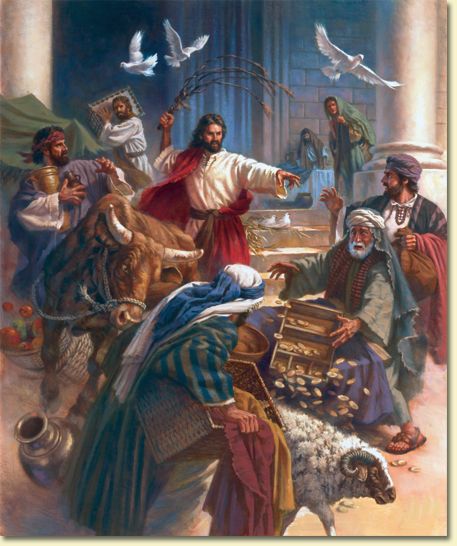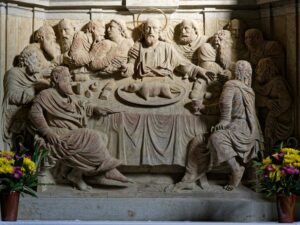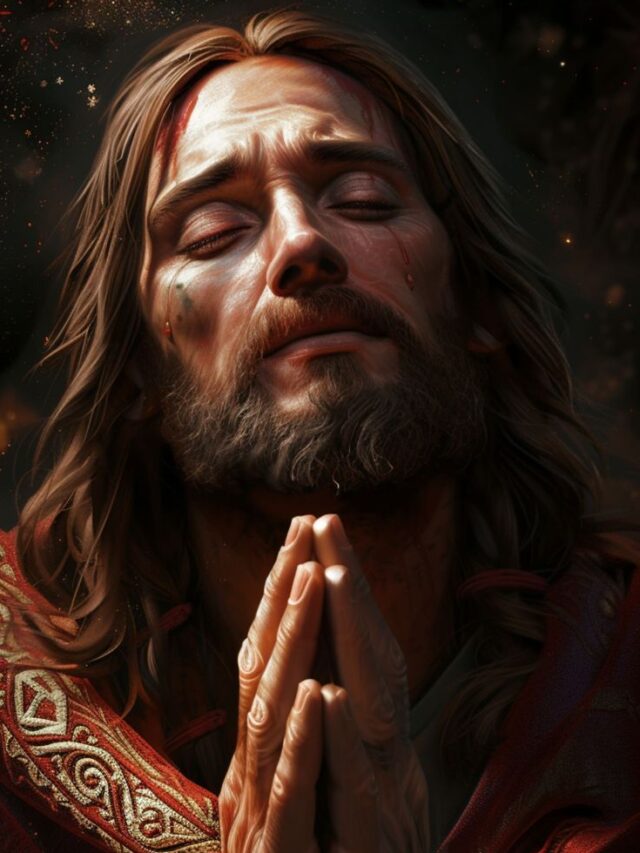As Christians worldwide prepare to celebrate Easter Sunday, the culmination of Holy Week, the significance of this sacred occasion reverberates through the annals of time. Understanding the historical and theological essence of Easter requires delving into the events of each day of Holy Week, from Palm Sunday to Easter Sunday, including the pivotal moments of Maundy Thursday, Good Friday, Holy Saturday, and the glorious resurrection on Easter Sunday.

The Essence of Easter:
Easter embodies the profound belief in the resurrection of Jesus Christ, the cornerstone of the Christian faith. It commemorates the miraculous triumph over death, symbolizing redemption, renewal, and the promise of eternal life for believers.
The Significance of Easter:
Easter holds paramount importance in Christian theology, representing the pinnacle of God’s redemptive plan. It signifies the culmination of Jesus’ earthly ministry, his sacrificial death, and triumphant resurrection, offering hope and salvation to all who believe.
Key Moments of the Holy Week of Easter:
Palm Sunday: Jesus’ triumphant entry into Jerusalem, heralded as the Messiah by crowds waving palm branches.
Jesus started his journey to Jerusalem on the Sunday before he was to die to atone for our sins. When he was almost to the village of Bethphage, he sent two of his disciples ahead of him, instructing them to seek out a donkey and its intact colt. It was given to the disciples to untie the animals and bring them to him. Then, confirming an old prophecy found in Zechariah, Jesus sat on the young donkey and entered Jerusalem triumphantly and slowly. The people greeted him with yells and palm branches raised in the air.

Monday of Holy Week: Jesus cleansed the temple, symbolizing his authority and condemning the commercialization of sacred space.
Jesus and his disciples left for Jerusalem early the next morning. Along the way, he cursed a fig tree for not producing any fruit. According to some academics, God’s wrath was directed at Israel’s spiritually defunct religious leaders through the fig tree’s cursing. According to others, the symbolism encompassed all Christians, proving that authentic faith is more than simply visible religiosity and that true, active religion must produce spiritual fruit in an individual’s life.
Jesus discovered the Temple’s courts brimming with dishonest money changers when he arrived.
“You have turned it into a den of thieves, but the Scriptures declare that My Temple will be a house of prayer“
he said, starting to overturn their tables and clear the Temple.

Tuesday of Holy Week: Jesus engaged in debates with religious leaders, delivering powerful teachings and warnings about hypocrisy and unbelief.
Jesus and his disciples left for Jerusalem early on Tuesday morning. The religious authorities of the Temple were angry with Jesus for asserting his authority as a spiritual figure. Intending to arrest him, they planned an ambush. Jesus however avoided their traps. Following a day of instruction, Jesus departed from Jerusalem and made his way to the Mount of Olives. Jesus gave a great prophecy there regarding the future. He discussed Jerusalem’s future and the end of the world using parables and symbolism. He discussed his return and an ultimate decision. Despite the weight of his comments, it was clear how much he loved his friends.

Wednesday of Holy Week: Also called Spy Wednesday. A day of quiet preparation before the events of Maundy Thursday and Good Friday.
the narrative found in the Gospel of Matthew (26:14-16) and the Gospel of Mark (14:10-11), where Judas Iscariot, one of Jesus’ disciples, agrees to betray Jesus to the religious authorities for thirty pieces of silver. The word “spy” in this context refers to Judas acting as an informant or betrayer, secretly conspiring with the religious leaders to hand Jesus over to them. This act of betrayal by Judas is considered one of the most significant events leading to Jesus’ arrest, trial, and eventual crucifixion.

Maundy Thursday: The Last Supper, where Jesus shared profound teachings and instituted the sacrament of Holy Communion. He also washed his disciples’ feet, modeling humility and servanthood. Jesus shared the feast of Passover with his disciples, saying:
“I have been very eager to eat this Passover meal with you before my suffering begins. For I tell you now that I won’t eat this meal again until its meaning is fulfilled in the Kingdom of God.”
The Last Supper is a significant event in Christian tradition, symbolizing Jesus’ sacrifice and the foundation of key rituals in Christianity.

Good Friday: Jesus’ arrest, trial, crucifixion, and death on the cross, represent the ultimate sacrifice for humanity’s sins.
The most challenging day of Passion Week is Good Friday. Christ’s trip in the last hours before his death became extremely agonizing and perilous. Scripture says that after betraying Jesus, Judas Iscariot, his disciple, was so stricken with regret that he hanged himself early on Friday morning.
Before the third hour, which was nine a.m., Jesus had to bear the humiliation of being falsely accused, condemned, ridiculed, beaten, and abandoned. He was found guilty of several crimes and sentenced to death by crucifixion, which at the time was one of the most heinous and hated forms of execution.
Soldiers spat on Christ, insulted and humiliated him, and wounded him with a crown of thorns before he was carried away. Jesus then went to Calvary and took up his cross, where he was again ridiculed. while Roman soldiers fastened him on the wooden cross and humiliated Jesus.
Jesus made seven last remarks while hanging on the cross. “Father, pardon them, for they do not know what they are doing,” were his first words. “Father, I commit my spirit into your hands,” were his final words. Then, at almost three p.m. on the ninth hour, Jesus passed away.
Friday night, around six o’clock in the evening, Joseph of Arimathea and Nicodemus removed Jesus’ body from the cross and placed it in a tomb.

Holy Saturday: A day of silence and anticipation, as Jesus’ body lay in the tomb, awaiting the fulfillment of God’s promise.

Easter Sunday: The glorious resurrection of Jesus Christ, signifying victory over sin and death, and the dawn of a new era of hope and salvation.

The Last Supper Sermons:
During the Last Supper, Jesus imparted timeless teachings to his disciples:
- The New Commandment: Love one another as I have loved you.
- The Bread of Life: I am the bread of life; whoever comes to me shall not hunger.
- The Promise of the Holy Spirit: I will ask the Father, and he will give you another Helper, to be with you forever.
- The Vine and the Branches: Abide in me, and I in you. As the branch cannot bear fruit by itself unless it abides in the vine, neither can you, unless you abide in me.
As we journey through Holy Week, we immerse ourselves in the profound significance of Easter. From the jubilation of Palm Sunday to the despair of Good Friday and the anticipation of Holy Saturday, each day encapsulates a crucial chapter in the narrative of redemption. As we celebrate Easter Sunday, may we find solace, hope, and renewal in the resurrection of Jesus Christ, our Savior.


